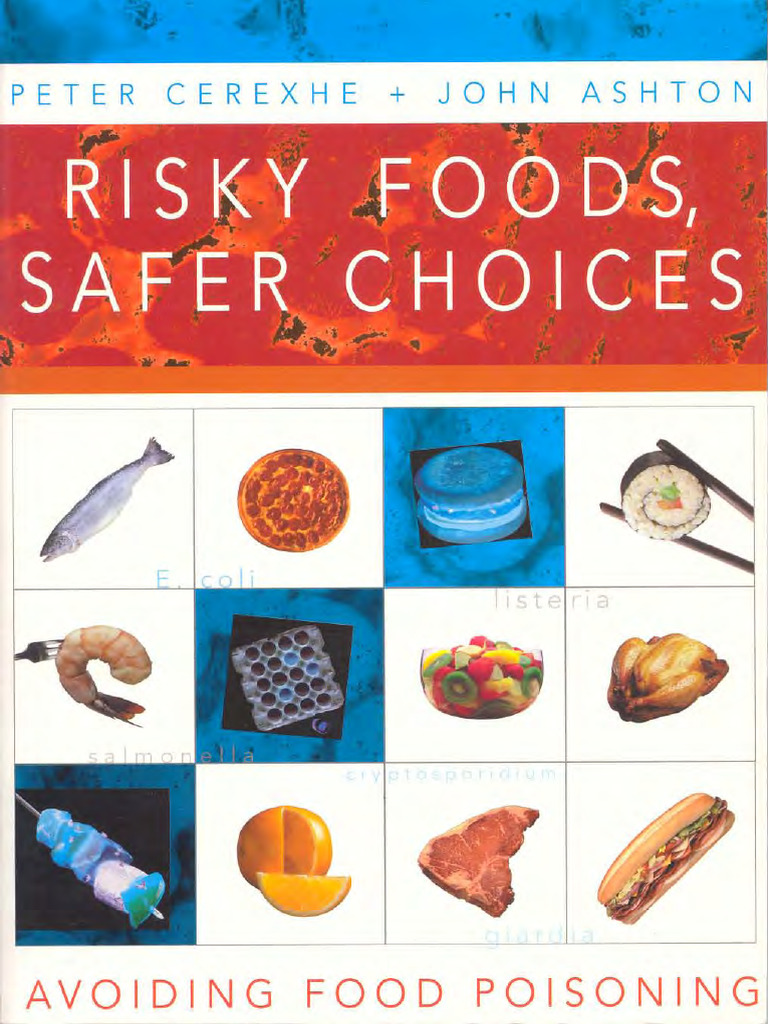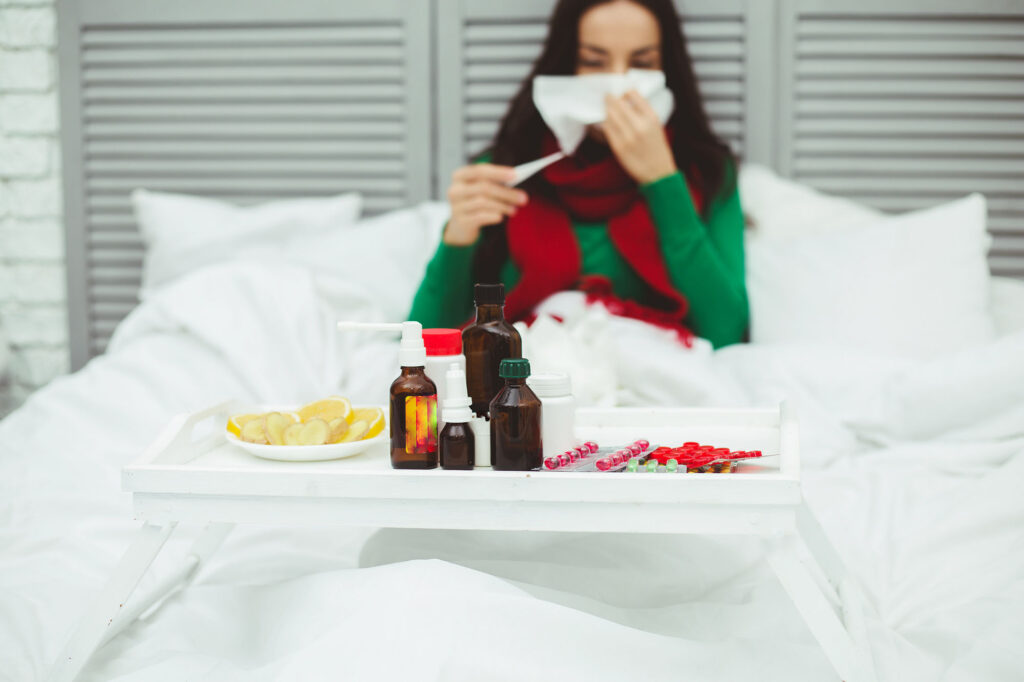

Food Safety Adventure: Smart Choices for Avoiding Illness on Your Travels is your essential guide to navigating the culinary world safely during your journeys. From bustling international markets to charming local eateries, ensuring food safety is vital for a seamless and enjoyable experience. This guide provides practical insights into how to make mindful food choices while traveling, helping you avoid potential health risks. Many travelers face the challenge of adapting to new culinary landscapes without understanding local food safety protocols, and that’s exactly where this guide steps in. This article offers practical strategies to navigate the unfamiliar and protect yourself from illness. We’ll explore crucial aspects, from understanding food handling practices to recognizing potential danger signs in unfamiliar environments. We’ll also share expert advice and examples, highlighting the importance of proactive measures. Get ready to eat with confidence, no matter where your adventures take you!
Understanding Food Safety Risks While Traveling
Common Foodborne Illnesses
Foodborne illnesses are a significant concern for travelers, and various factors can contribute to their development. One of the most common food safety issues is inadequate food handling and preparation. Many food safety hazards are related to temperature control, cross-contamination, and the use of unsafe water. Foodborne illness can range in severity from mild discomfort to serious complications, including hospitalization. Therefore, understanding these risks and mitigating them is key for any traveler.
Identifying Potential Hazards in Different Settings
Street Food Adventures
Exploring street food markets is a quintessential part of many travel experiences. However, it’s crucial to take precautions. Street vendors often operate in less-regulated environments, making food safety a critical concern. In regions with potentially lower standards, it is vital to carefully observe food preparation methods. Look for practices that maintain food hygiene. Avoid vendors using unhygienic utensils, exposed ingredients, or food kept at room temperature for extended periods. Furthermore, be discerning about food that’s left out in the open. Pay attention to the cleanliness of the surroundings, and if it seems dubious, it’s likely best to seek a more regulated eating experience.
Restaurant Choices
Restaurant choices are another area of consideration. It’s vital to assess the hygiene standards of establishments you visit. Observe the cleanliness of the kitchen and staff habits. Is the establishment well-maintained and clean? Check how quickly and appropriately food is being cooked or stored, and if the food is kept at a proper temperature. Is the staff wearing appropriate protective gear? By assessing these factors, you can determine the level of safety of the food preparation and the service.
Safe Food Handling Practices Abroad
Temperature Control
Maintaining safe temperatures for food is critical to preventing the growth of harmful bacteria. Proper temperature control is often challenging in diverse settings. Keep hot food hot and cold food cold, and ensure adequate refrigeration if available. If unsure, opt for cooked or hot food options that are prepared immediately before serving. This prevents bacterial growth, a common source of foodborne illnesses.
Cross-Contamination Prevention
Cross-contamination is another significant risk factor. Use separate cutting boards for raw and cooked food. Ensure utensils are clean and sanitized before coming into contact with food. Wash your hands thoroughly with soap and water after touching raw ingredients or handling money before preparing or touching food. These simple precautions can dramatically reduce your risk.
Water Safety
Consuming safe drinking water is essential for overall well-being during travel, especially in regions with limited sanitation standards. Stick to bottled water, avoid tap water, and be cautious about ice cubes. Boil water if you are unsure about its purity. Practicing good hygiene is key to avoiding food safety concerns.
Recognizing Danger Signs and Taking Precautions
Assessing Food Quality
Developing an awareness of potential dangers is essential for informed choices. Observe food quality carefully; if food looks, smells, or feels suspicious, it’s likely best to avoid it. Avoid foods that appear to have been sitting out for extended periods, particularly if they have a foul odor, or are exhibiting signs of spoilage. This includes food that has been left exposed or that exhibits an unusual color or texture.
Recognizing Symptoms
Pay close attention to your body’s signals. If you experience symptoms of food poisoning, such as nausea, vomiting, or diarrhea, seek medical attention immediately. Proper treatment and care can mitigate the severity of the illness and allow for a quick recovery.
Seeking Help
Don’t hesitate to consult your doctor or local health authorities if you have concerns about food safety or if you experience any adverse effects after consuming food abroad. Local medical practitioners are often aware of potential concerns and can provide personalized advice tailored to the location you’re in.
Smart Food Choices for Travelers
Prioritizing Cooked Foods
Choose cooked foods over raw or uncooked items whenever possible. This dramatically reduces the risk of ingesting harmful pathogens. Select cooked dishes prepared immediately before serving when possible. Opting for this approach reduces the likelihood of encountering contaminated or improperly prepared meals.
Avoiding Potential Risk Foods
Be cautious of raw or undercooked meats, seafood, and eggs. These items can contain harmful bacteria if not handled and cooked appropriately. Similarly, avoid foods that are not kept at the correct temperature or that have not been thoroughly cooked.
Understanding Local Customs
Conduct some research on local food safety customs and regulations in the places you plan to visit. Learning about these customs will help you make informed decisions, leading to safer choices. This ensures that you are well-prepared to navigate the food choices you’ll encounter.
In conclusion, embracing food safety practices during your travels is crucial for a healthy and enjoyable experience. By understanding potential hazards, implementing smart choices, and practicing safe food handling, you can minimize risks and savor each culinary adventure. This guide provides a framework for proactive food safety, so you can focus on the incredible flavors and cultures your journey offers. Remember to research local regulations and customs, stay vigilant, and don’t hesitate to ask for assistance if needed. Happy travels! Plan your next Food Safety Adventure now!